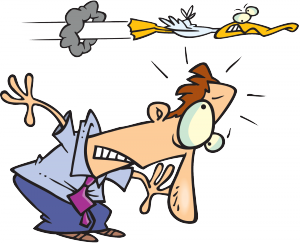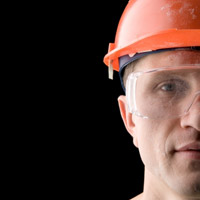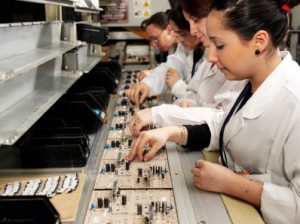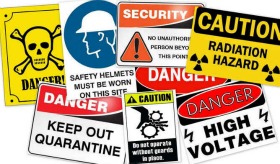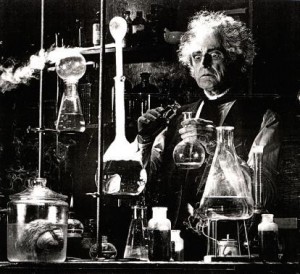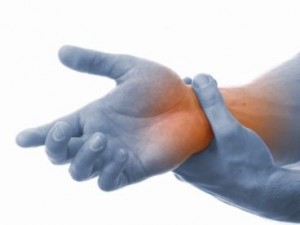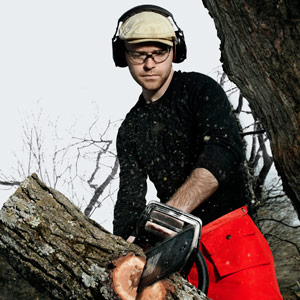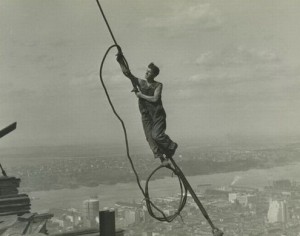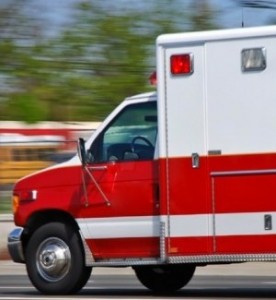 Effective health and safety performance comes from the top; members of the board have both collective and individual responsibility for health and safety. Directors and boards need to examine their own behaviors, both individually and collectively, against the guidance given – and, where they see that they fall short of the standards it sets them, to change what they do to become more effective leaders in health and safety.
Effective health and safety performance comes from the top; members of the board have both collective and individual responsibility for health and safety. Directors and boards need to examine their own behaviors, both individually and collectively, against the guidance given – and, where they see that they fall short of the standards it sets them, to change what they do to become more effective leaders in health and safety.
via Why leadership is important: Leading health and safety at work.

